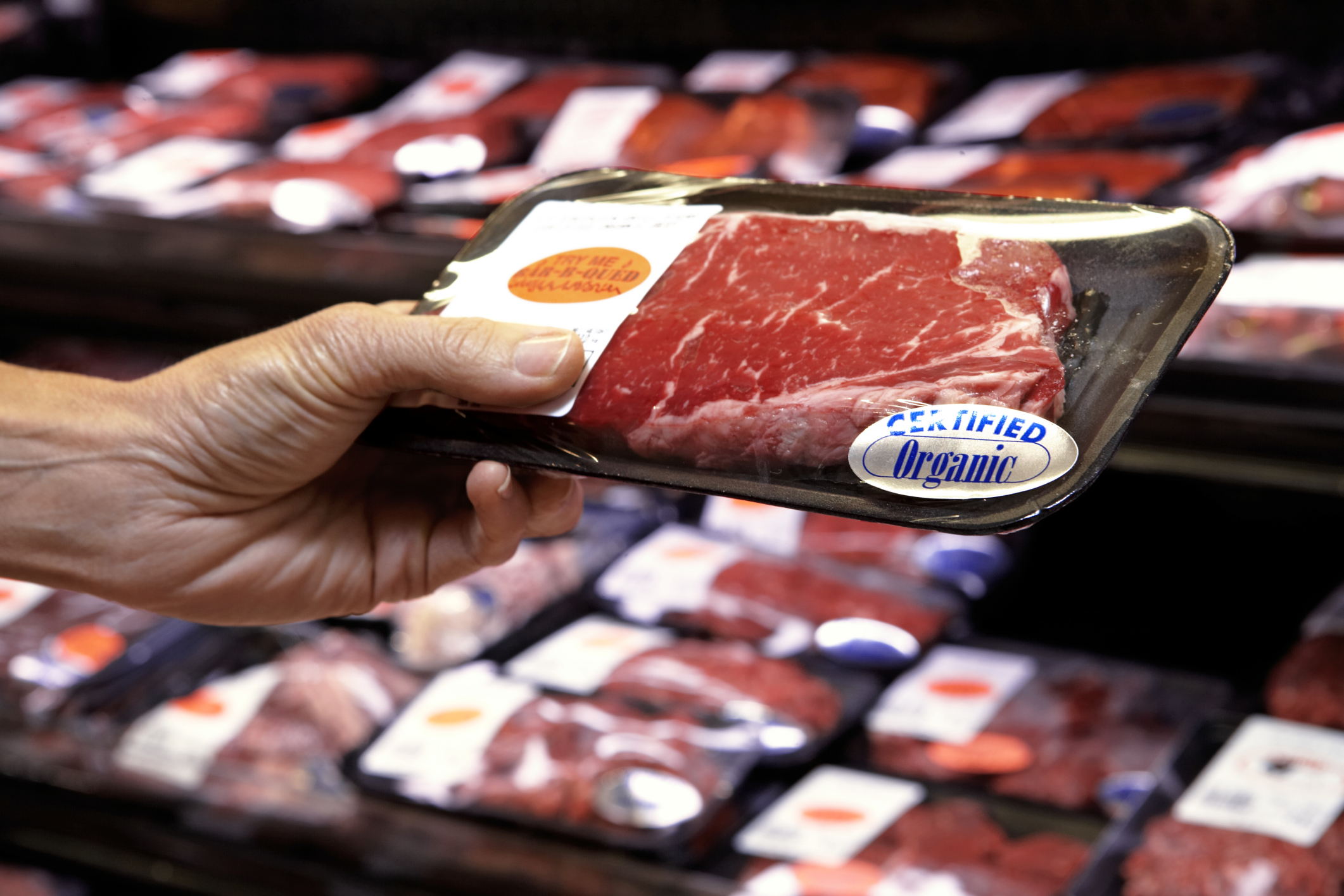
House passes bill to repeal mandatory country-of-origin labels on meat products.
Earlier this summer, the House of Representatives voted to repeal a federal mandate requiring country-of-origin labels to be placed on beef, pork, and chicken sold in the United States.
The mandate, adopted by the U.S. Department of Agriculture (USDA), stemmed from a 2002 law aiming to further transparency between consumers and food industries. The law was amended in 2013 to require “multi-national labels,” which included information about where each animal was raised and slaughtered.
In response to the USDA’s mandate, the American Meat Institute (AMI) – the largest trade organization representing the U.S. meat industry – filed suit against the Department, arguing that the mandate was an unconstitutional infringement of the industry’s First Amendment rights. The AMI claimed the mandate substantially burdened its commercial speech.
But the U.S. Court of Appeals in Washington, D.C. rejected the industry’s argument and upheld the constitutionality of the mandate. By holding the USDA to a less stringent standard, the court majority decided that the USDA had sufficient reasons for imposing the mandate, and that the compulsory disclosures directly supported the Department’s responsibility for protecting consumer interests.
The court’s decision came in spite of AMI’s surveys and empirical evidence claiming that the labels had not dramatically affected consumer purchases.
The court accepted the USDA’s assertion of several governmental interests in a country-of-origin label mandate: helping consumers choose American products; consumer interest in food transparency; and individual health concerns in the event of food-borne illness outbreaks.
But, as the recent vote by the House brings to light, additional pressures opposing the mandate are at work. The House bill stemmed in part from a series of World Trade Organization (WTO) rulings that have suggested the labels discriminate against meats imported from Canada and Mexico.
Back in 2009, Canada had initiated a formal WTO dispute over the USDA mandate, claiming that the labels impose unfair and unnecessary costs on Canadian cattle and hog supply chains and reduce their competitiveness, because U.S. meatpackers are reluctant to take on the extra cost of tracking imported animals.
After six years of appeals, the WTO issued a ruling in May 2015, holding that the mandate violated trade obligations and imposed unnecessary financial burdens on meat producers. Fearing retaliatory measures from Canada that could potentially cripple U.S. food and manufacturing industries, the House voted to repeal the label mandates, leaving the decision and fate of the mandate to the Senate.
The case for Senate action may have been made easier due to a recent regulatory impact analysis report issued by the USDA, which concludes that the benefits from mandatory labeling are minimal and that consumers are not significantly altering their purchases to buy U.S. labeled food items.
Despite the USDA’s analysis, the Senate appears to be split at present between repealing the labeling program completely and replacing it with a voluntary program. In an effort to satisfy the WTO requirements and still maintain aspects of the mandate, one Senate bill recently introduced by Senators Debbie Stabenow (D-MI), and John Hoeven (R-ND) would allow processors voluntarily to label their meat products, the same process currently used by Canadian meat manufacturers. If the Senate were to approve their bill, it would still need to pass in the House and be signed by President Obama.



